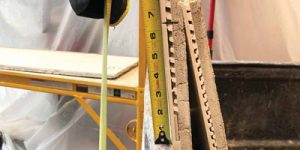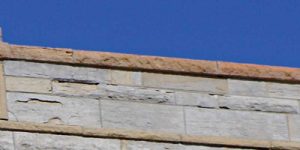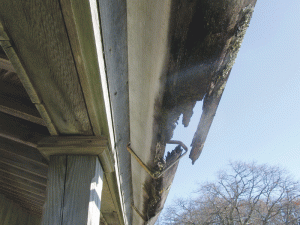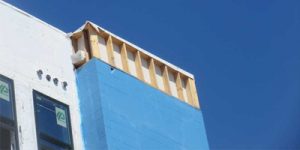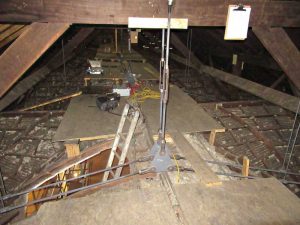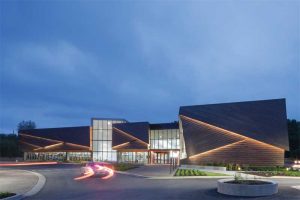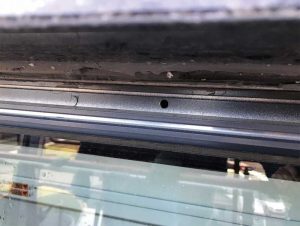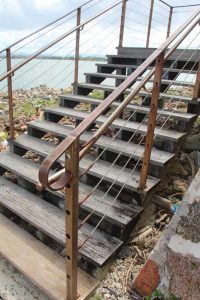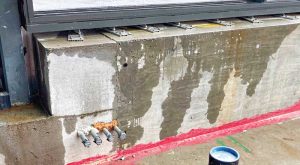Considering GPTP is a relatively thin material compared to its overall dimension, its units are subject to bending fracture during movement and setting and, as such, require a suction-cupped frame for proper handling.
+ Read More
|
Power washing a facade with water is often considered a simple, low-cost way to remove minor soiling. Although this is an effective cleaning method on many substrates, using a water pressure that is not properly controlled and limited to levels appropriate for the materials present can cause damage to...
+ Read More
|
Designers need to understand how the characteristics of historic materials may have allowed a detail to function successfully when originally constructed, and that repair or replacement with present-day materials may require changes to the detail.
+ Read More
|
When developing roof drainage details, designers need to consider not just typical conditions and geometries, but also atypical or transitional geometries that may concentrate or direct water flow in unexpected ways.
+ Read More
|
A primary design goal for any building enclosure should be to minimize the infiltration of bulk water into the intended dry zone of the various enclosure assemblies for the duration of their anticipated service life. Significant and/or recurring water infiltration can adversely affect moisture-sensitive materials and the overall performance...
+ Read More
|
Since many of these historic structures were designed using empirical methods and not engineering mechanics, many times there are both deficiencies in the truss configuration and the masonry buttresses to resist the outward movement.
+ Read More
|
Without clear specification at bidding time, those pursuing LEED v4.1 certification may be missing an opportunity to ensure the Division 8 fenestration systems are manufactured with recycled content and supported with required documentation.
+ Read More
|
For most commercially available fenestration systems, test reports outlining the performance attributes of the system—verified through laboratory testing—are available from the manufacturer.
+ Read More
|
Stainless steel is commonly used to provide architectural metal fabrications that are corrosion resistant without the need for paint or other coatings.
+ Read More
|
During verification testing, while water leakage was eliminated at the head of the system, water leakage (originally masked by the extent of water leakage during initial testing) occurred at the sill of the system.
+ Read More
|
|
|


